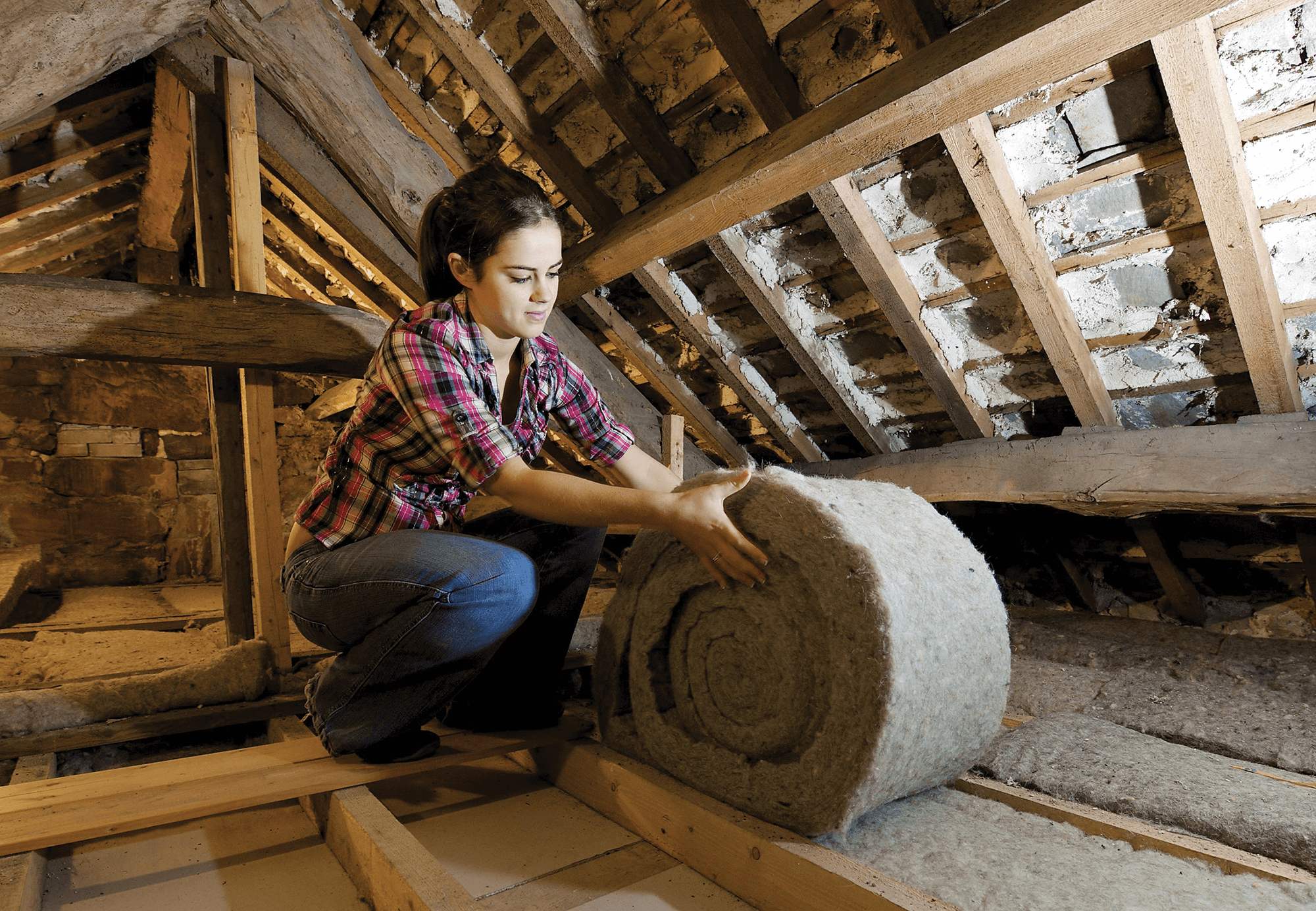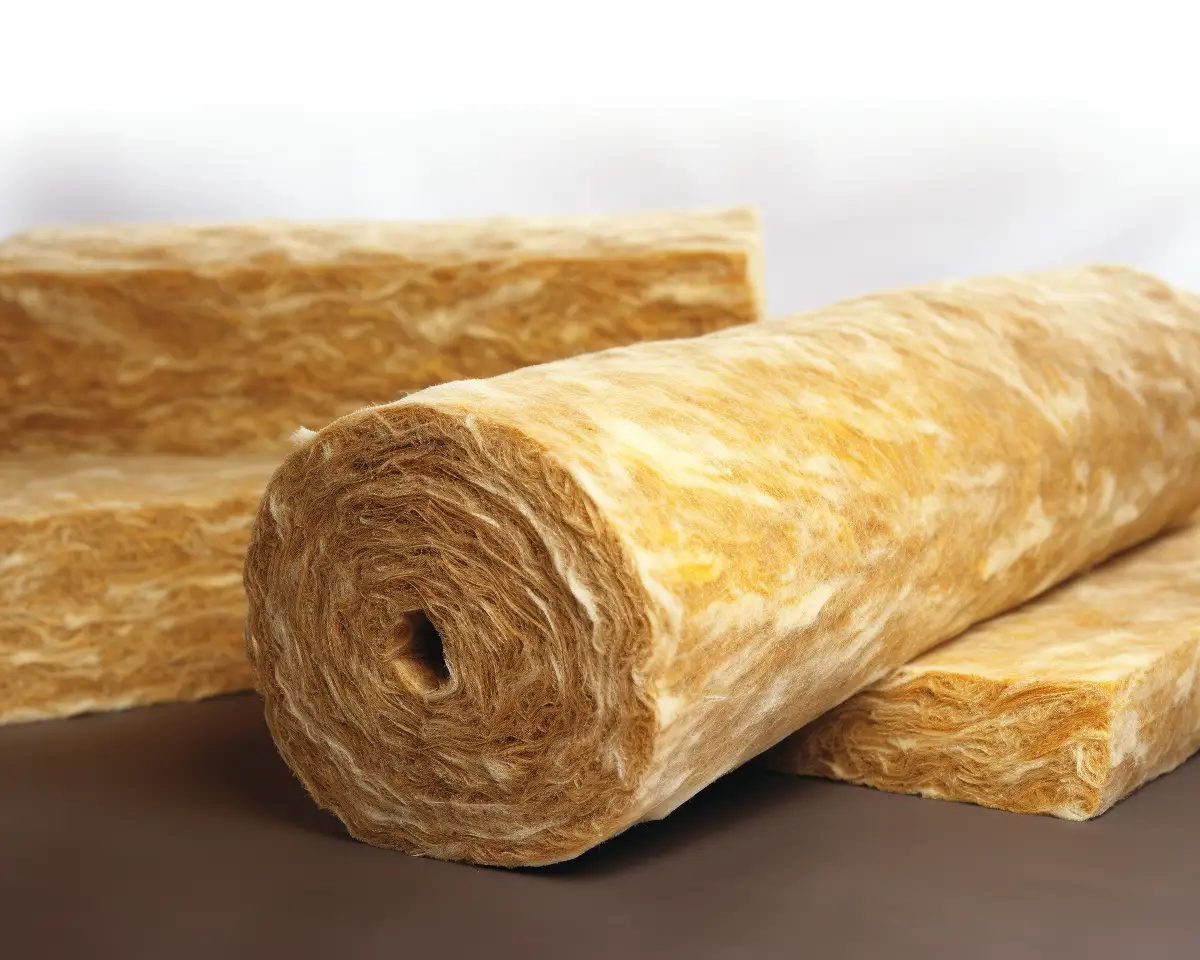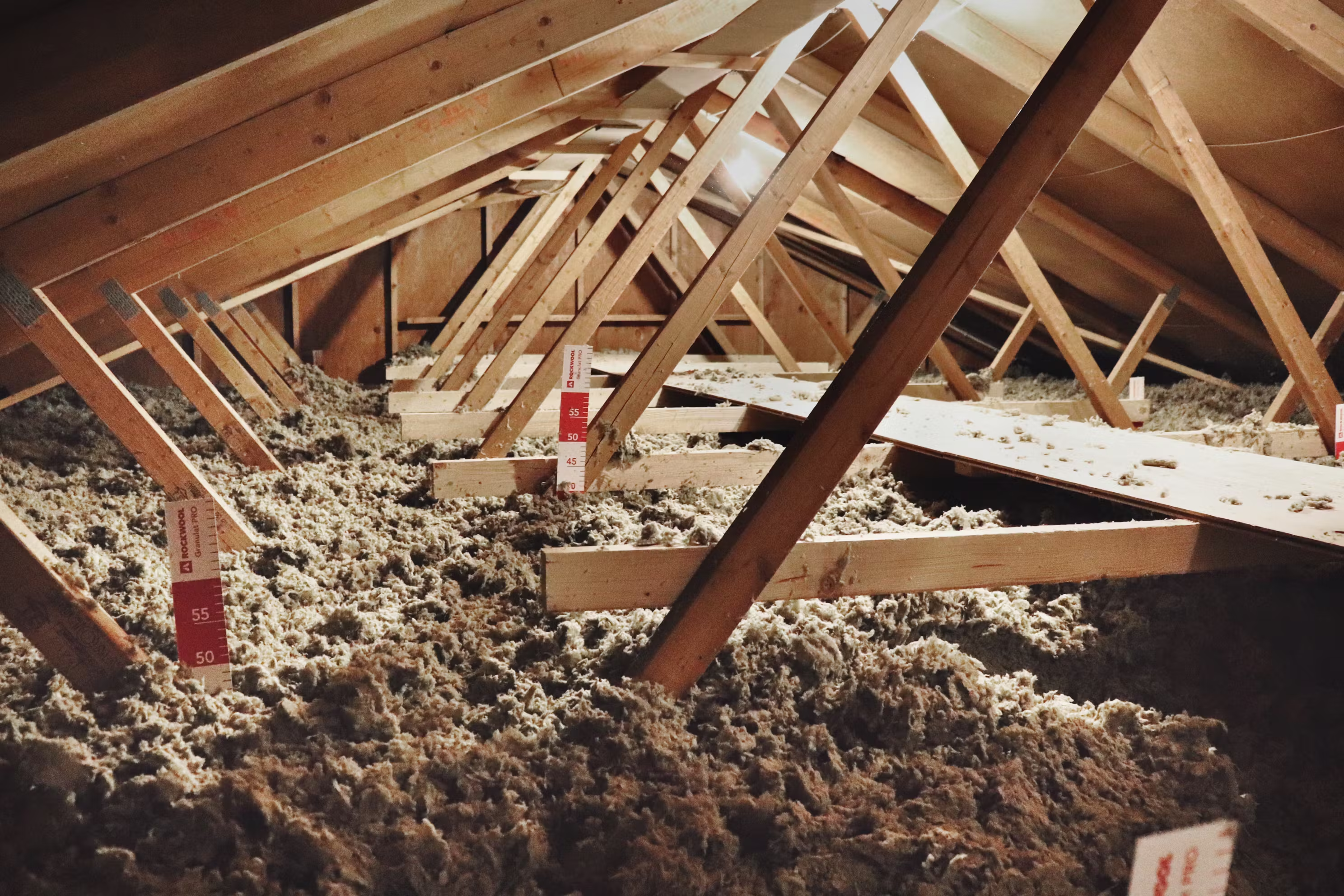Loft Insulation
Loft insulation is a material installed in the roof space of a building to prevent heat from escaping through the top of the house. By acting as a barrier, it helps to keep the home warmer in winter and cooler in summer, leading to lower energy bills and reduced carbon emissions.

Introduction
Loft insulation is the most cost-effective energy efficiency measure that can be installed and can typically reduce heating costs by up to 20 per cent. Loft insulation works by preventing the movement of heated air through the insulation material, by trapping the air amidst the fibres. Loft insulation should always be installed before or at the same time as a new heating system as the reduced heat loss makes it possible to install a smaller and cheaper heating system.
When combined with wall insulation, adequate heating and controlled ventilation loft insulation will also help to prevent the formation of surface condensation, damp and mould growth.
Standards for loft insulation have been increased and hence it is important to ensure that the levels of insulation in your property either meet or exceed current building regulations, which specify loft insulation to be installed to a depth of 270mm.
Haringey Council currently installs loft insulation to a depth of 300mm.
Materials
The materials used to insulate lofts typically fall into two categories.
Mineral Wool Quilts
Mineral wool quilts are readily available and can be installed by competent DIYers. Mineral wool insulation quilts should conform to BS5803 Parts 1 & 5. For maximum effectiveness the quilt should be in two layers, one laid between the ceiling joists and the other laid across them. It is very important to ensure that the quilt is not compressed when it is tucked into tight corners. The picture above shows a mineral wool quilt being unrolled between the ceiling joists:
Loose Fill Products
Loose fill products are used where access to the loft space is difficult - such as beneath low pitched roofs and above gabled dormers. This type of insulation can be very easily topped up at any time. Loose fill products should be in accordance with BS 5803 Parts 2 & 5. Loose fill products typically include blown mineral wool and blown cellulose fibre. Blown cellulose fibre is manufactured from recycled newspaper and treated with a fire retardant compound, this type of insulation should conform to BS 5803 Parts 3 & 5.


Installation
Quilt insulation material is typically sold in rolls which are simply unrolled between the ceiling joists. A second layer is then unrolled at right angles to the first across the ceiling joists to give a total depth of insulation material of at least 270mm. Quilt insulation material can be installed by a competent DIYer and discounts on materials are often available from the larger home improvement stores. It is very important to ensure that protective clothing and a breathing mask are worn to avoid irritation by, and inhalation of, the fibres. Loose fill materials require specialist tools and equipment to install and hence their installation is best carried out by a specialist contractor.
Once insulated the loft space will be colder than before so water tanks and pipes must be properly insulated. The area beneath the water tank should be left uninsulated (to guard against the possibility of freezing and burst pipes )with the loft insulation running continuous with the tank insulation. .
The loft hatch should be insulated and draught stripped at the same time as the loft is insulated or alternatively should be replaced with a proprietary insulated loft hatch as significant amounts of heat may be lost this way.
It is also very important to ensure that a safe walkway is provided between the loft hatch and the water tanks if the insulation material covers the ceiling joists. A safe walkway can be created by laying boarding on extra timbers running across the ceiling joists.
Care must also be taken when installing recessed light fittings to ensure that there is sufficient space left for adequate ventilation, otherwise there is a risk of overheating and fire. Electricity cables should ideally be routed above the insulation, again to reduce the risk of overheating.

